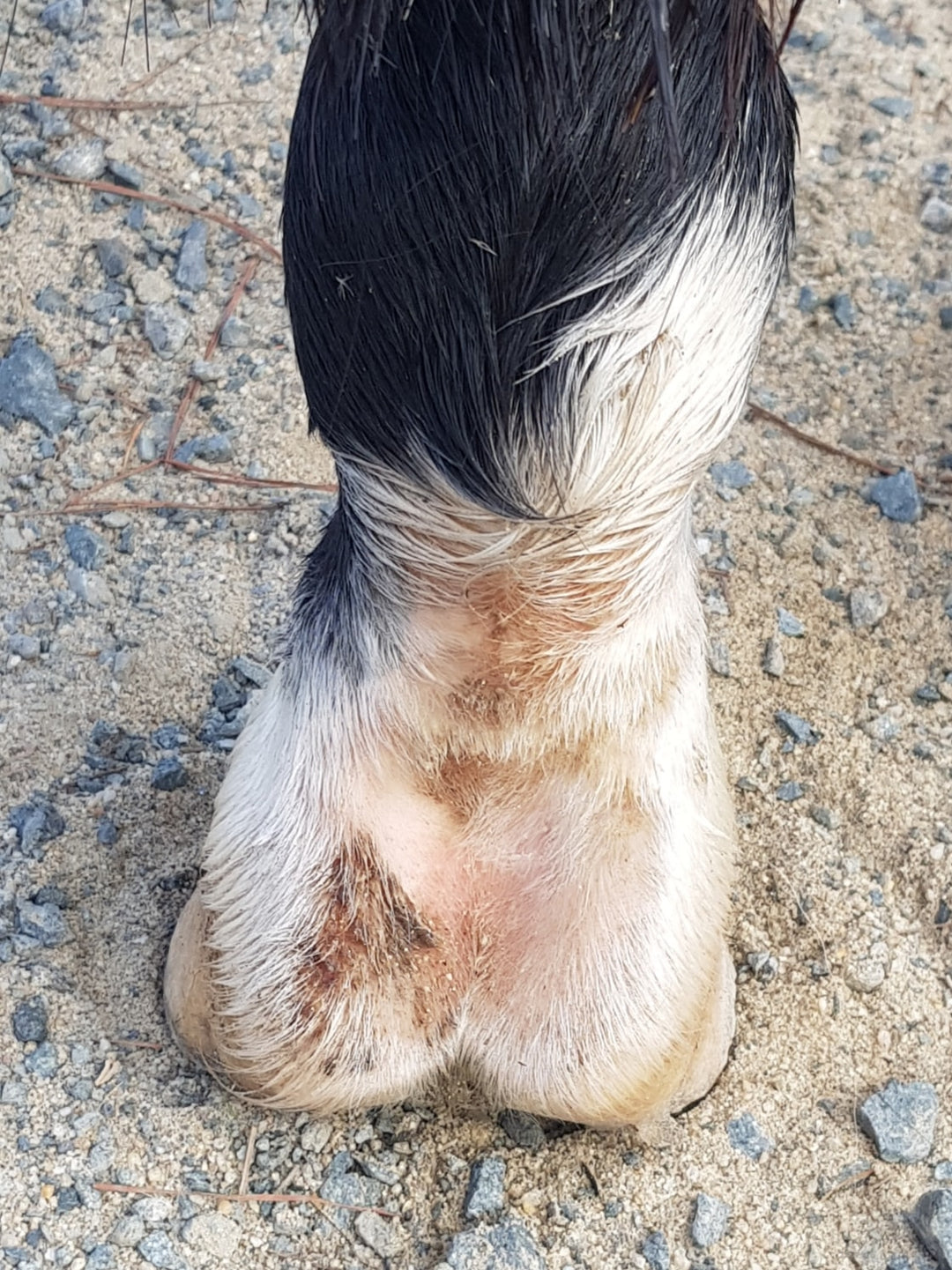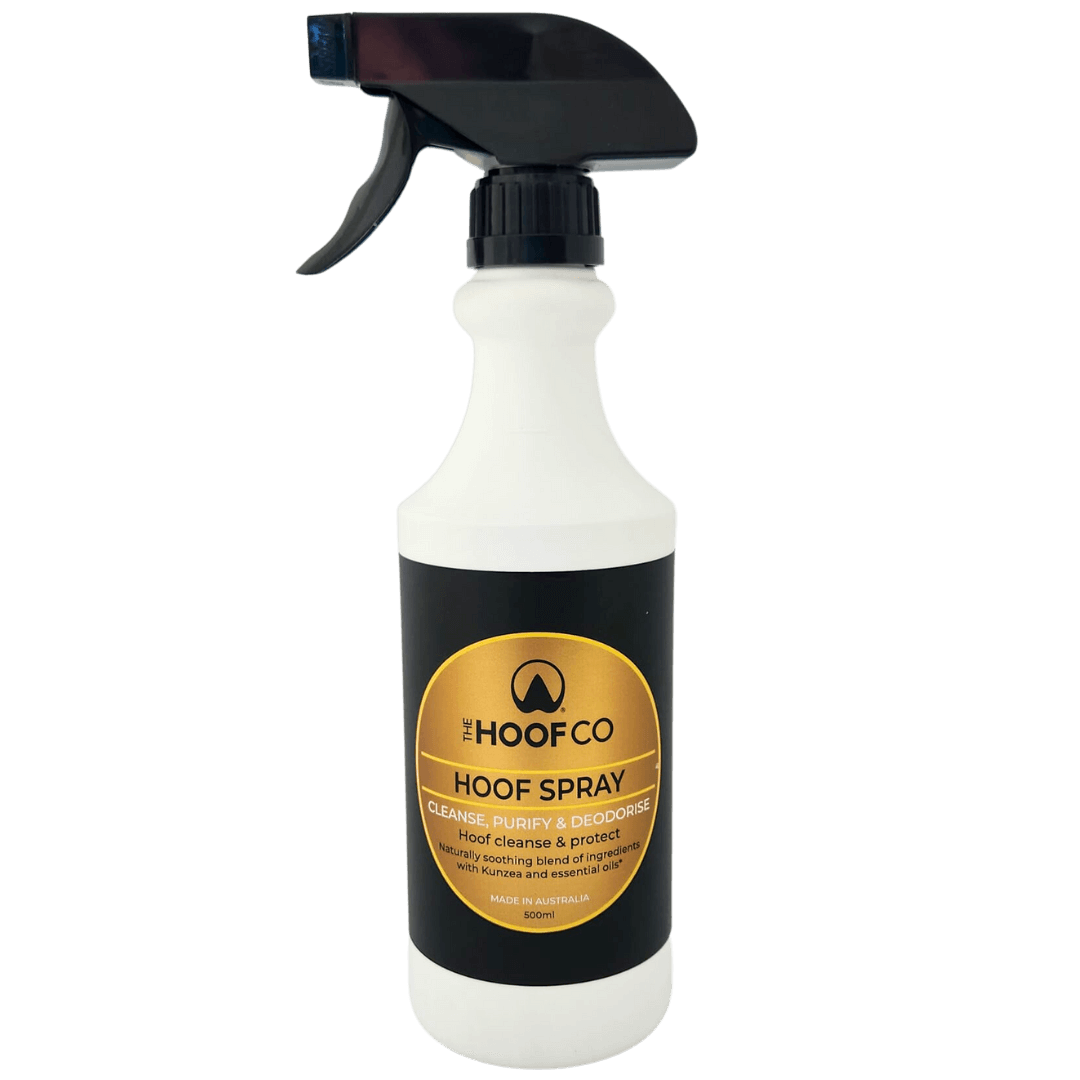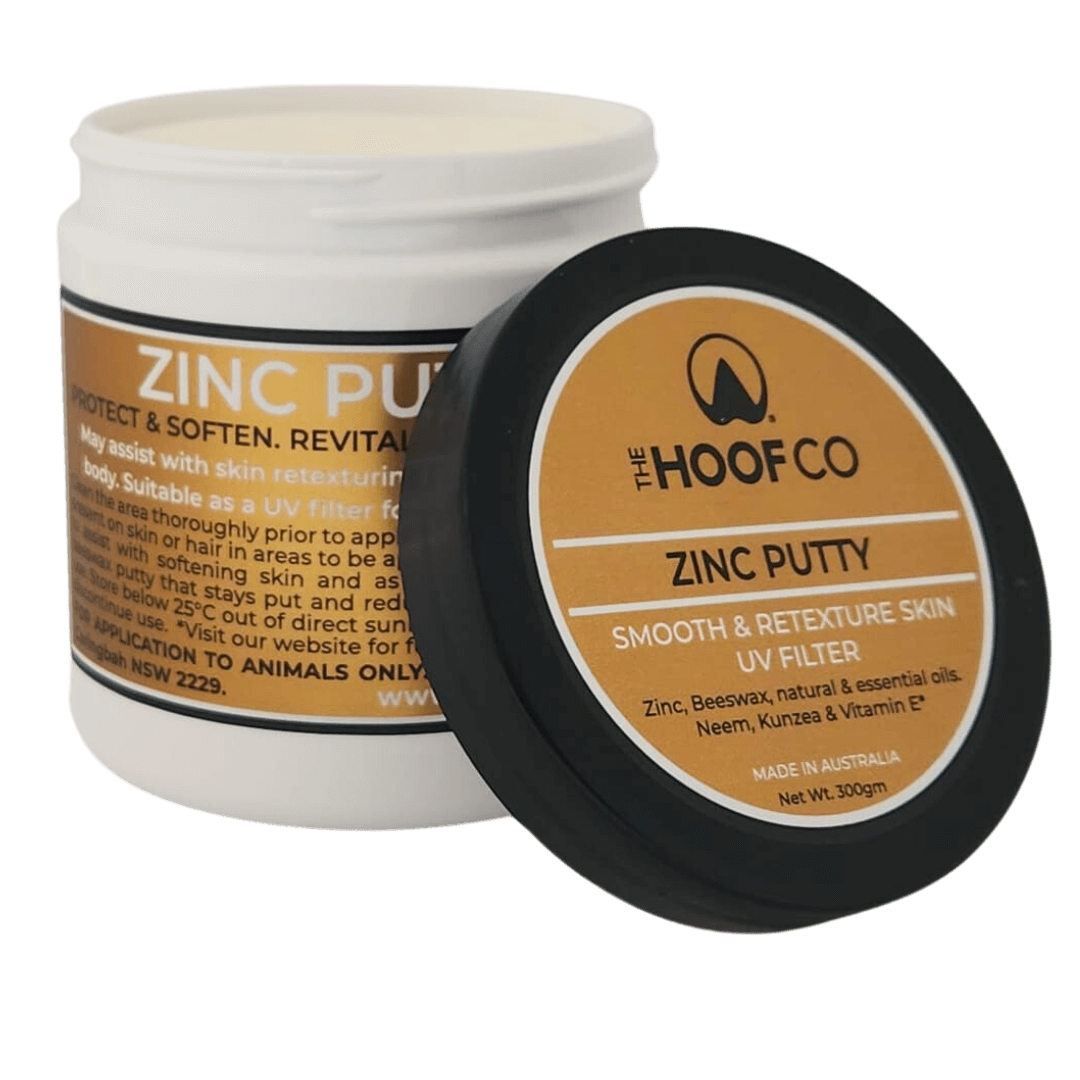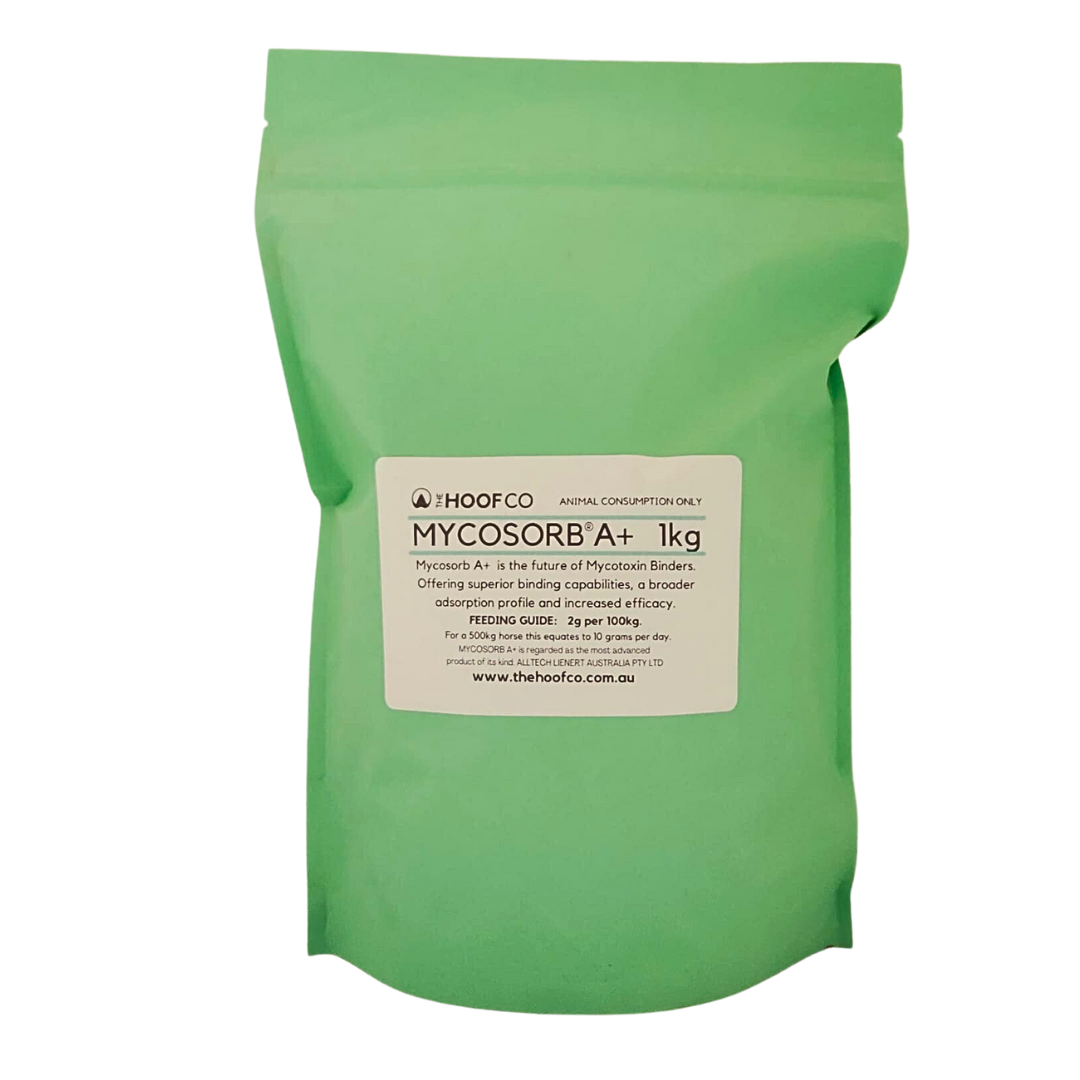Greasy Heel
WHAT IS GREASY HEEL?
Greasy heel (sometimes referred to as mud fever) is a skin condition correctly known as pastern dermatitis. It can be caused by a variety of bacteria, which thrive in muddy, wet conditions. It can also be brought on by compromised immune systems and humid conditions when mycotoxins are present in grazing grasses.

What steps should I take to help my horse?
REMOVE THE CAUSE
As with all conditions of the horse, removing the cause if known will set you on the fast track to success to heal. If you have a dry lot available for the horse, it is preferred to keep them locked away from wet or moist paddock conditions whilst you implement your management plan.
Mycotoxins in the pasture (common cuplrits are: Paspalum, Rye and Clover) cause photosensitivity which outwardly presents as Greasy heel and the "sunburnt" crusty nose.
WHAT DOES IT LOOK LIKE
Raised hair with a scab underneath, pink skin on muzzles which may also look like sunburn sores. Scabs or crusty lumps are also indicators. Contact your veterinarian for advice if you are not familiar with managing this condition. You may also like to read our blog on Mycotoxins in grasses.
IS IT PAINFUL FOR THE HORSE
Yes, the areas affected by Greasy Heel will now be very sensitive to the horse so you will need to use caution when working on the area as the horse is likely to be uncomfortable with you working on the scabs and sores in this area.
WHAT CAN I DO TO HELP MY HORSE?
Nutritional
Ensure your horse is consuming a quality mineral mix based on the nutritional deficiencies in the rest of the diet. Mineral mixes or an easy supplement high in Copper and Zinc are a must.
If Greasy heel has been brought on by Mycotoxins in the grasses present, then adding MYCOSORB A+ toxin binder. Fed daily, usually part of the hard feed and at a feed rate guide of 2g per 100kg (so approx 10g for a 500kg horse)
Topical
Hoof Spray with Kunzea Oil can help with cleansing without having to touch the area This can help lubricate the area.
If you prefer a smoothing cream, you may like to consider Zinc Putty. Zinc Putty is a very thick cream and will last for several days on the application site, although you may want to top it up daily if you are dealing with a large area. It has a high Zinc content and in a Beeswax base. We've also included Neem and Kunzea oils along with Vitamin E.
Please don't ignore Greasy heel, rainscald or scabby sunburnt look on noses.
As always, our advice is never intended to replace Veterinary advice and if you are concerned about any condition with your horse, they should be your first point of call.





